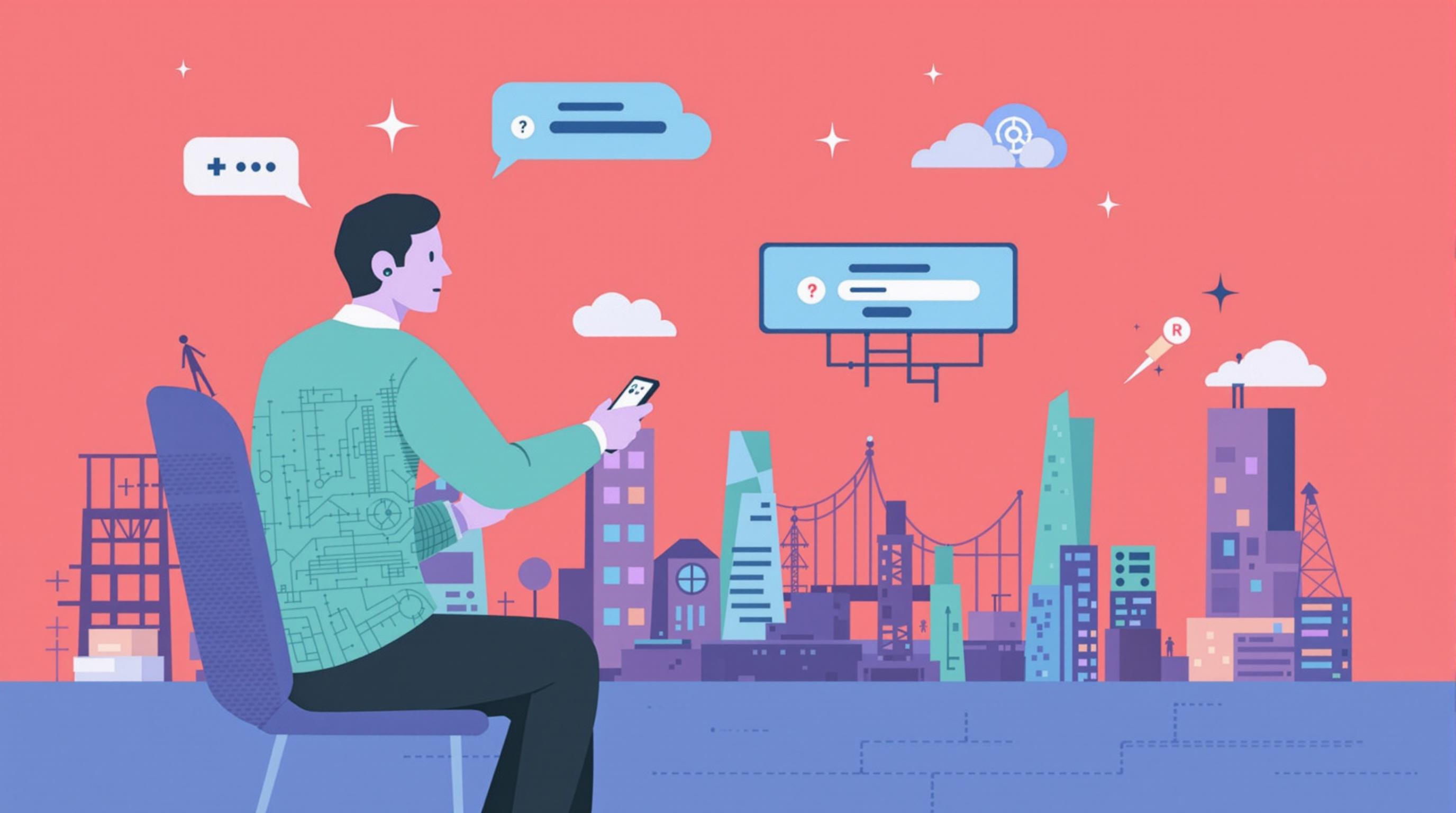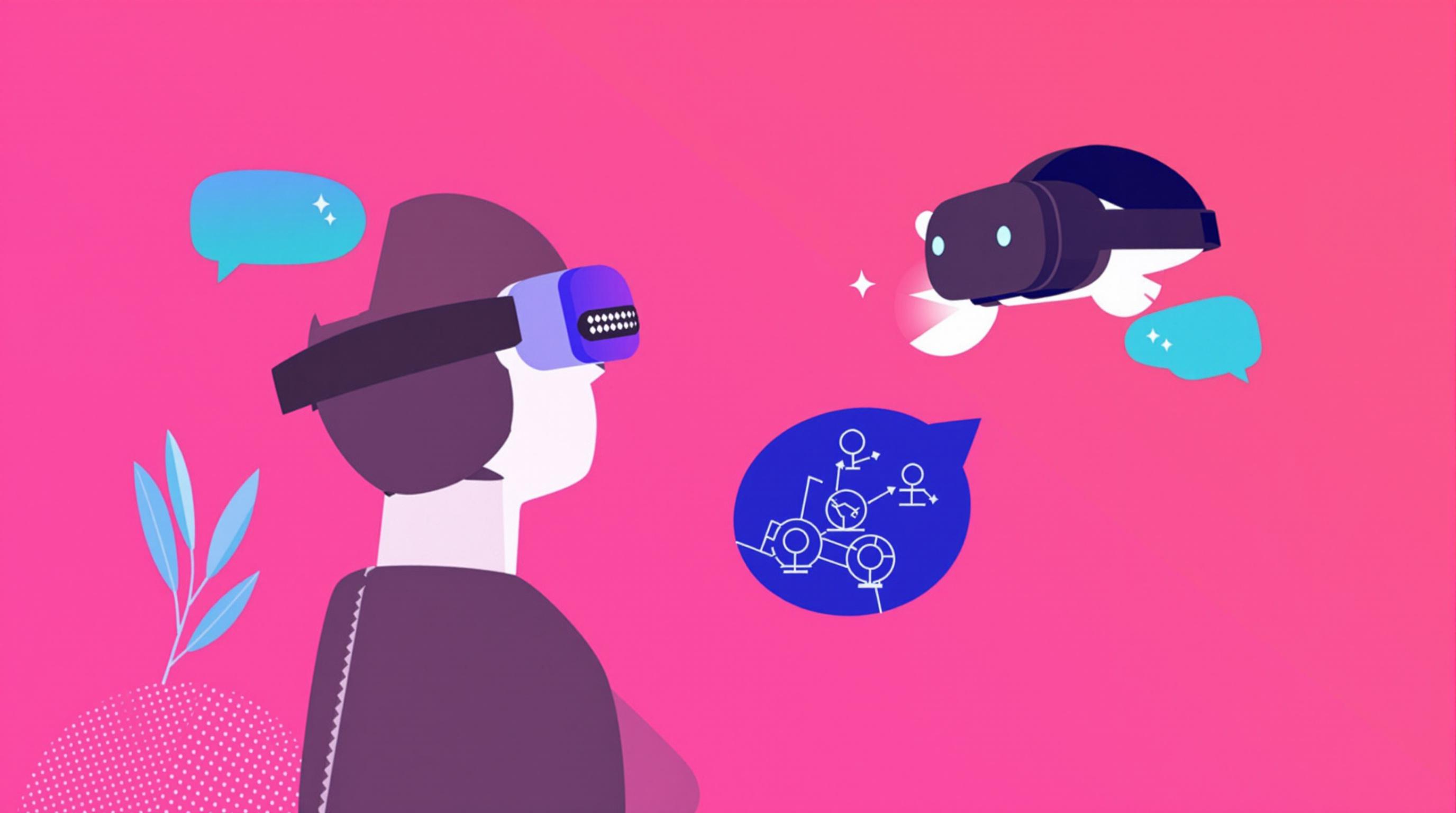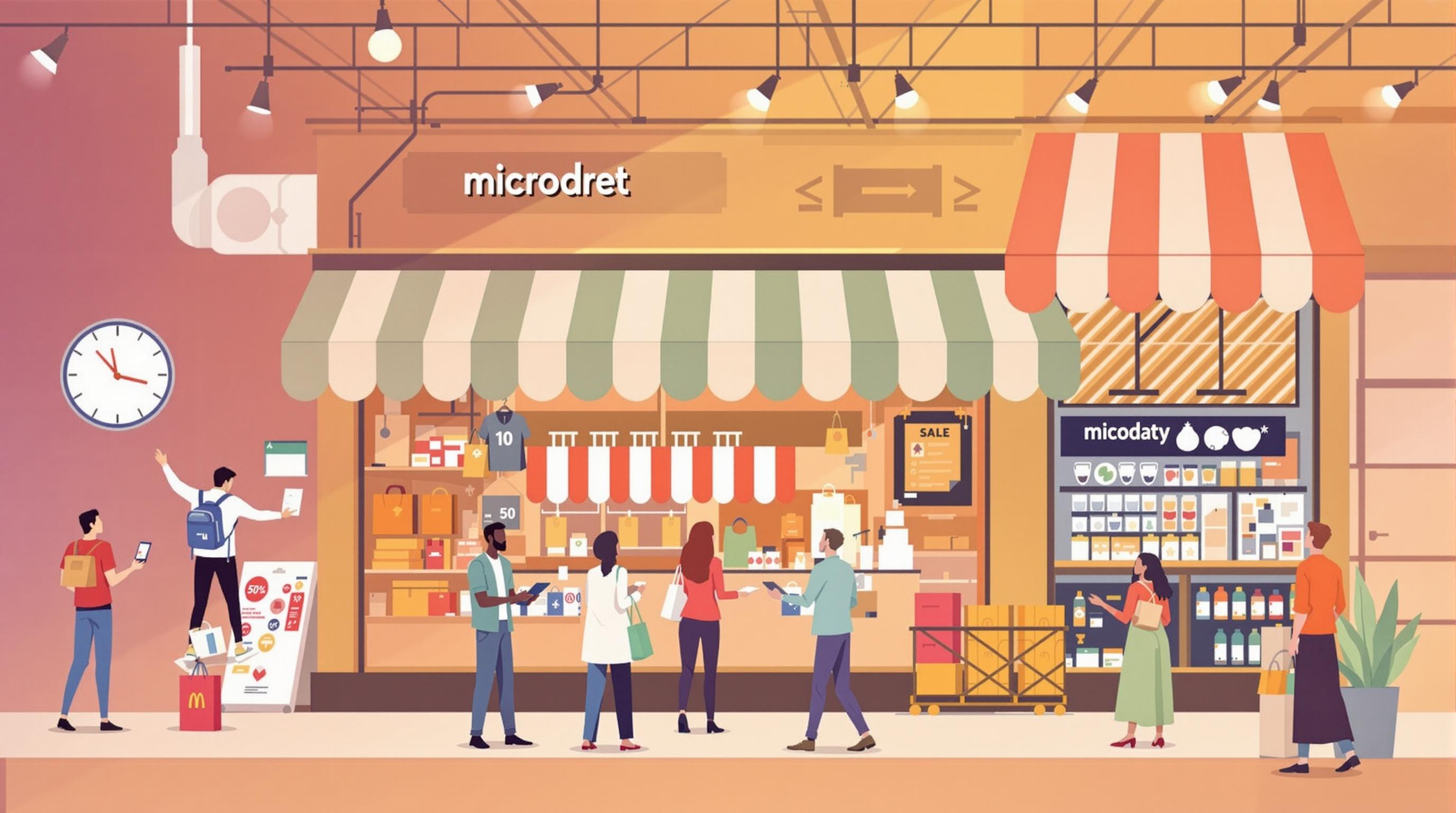Related Articles
- Navigating the Talent Labyrinth: How Emotional Intelligence Is Shaping New Hiring Practices in Unseen Markets
- Behind the Scenes: How Automating HR Processes Is Redefining the Future of Recruitment and Job-Seeking Strategies
- Beneath the Surface: Unveiling the Surprising Role of Environmental Sustainability in Shaping Future Careers
- Exploring the Quirky Side of Remote Work: How Hobbies Are Fueling Professional Success in Unexpected Ways
- How the Remote Revolution is Inspiring Unlikely Friendships Across Continents: A Study of Global Connectedness
- The Unforeseen Bond: How Virtual Coworking Spaces Foster Unexpected Connections Amidst Remote Work
10 Surprising Job Market Trends: The Curious Role of Gamification in Shaping Future Employment Landscapes and Skill Sets
10 Surprising Job Market Trends: The Curious Role of Gamification in Shaping Future Employment Landscapes and Skill Sets
10 Surprising Job Market Trends: The Curious Role of Gamification in Shaping Future Employment Landscapes and Skill Sets
1. Understanding Gamification
Gamification refers to the application of game-design elements in non-game contexts. It has become increasingly popular in various industries as a tool to engage and motivate employees. By incorporating elements like competitions and rewards, organizations can enhance productivity and foster a more enjoyable work environment. This trend speaks to a growing recognition that the elements of play can improve job satisfaction and creative output.
In sectors such as education and corporate training, gamification has proven effective in enhancing learning experiences. Learning platforms utilize achievements, progress tracking, and challenges to make skill acquisition more appealing. This approach not only boosts knowledge retention but also helps individuals develop critical soft skills required in the modern workspace, including collaboration, adaptability, and problem-solving.
As companies increasingly embrace gamification, they also discover its ability to bridge generational divides in the workforce. Younger employees, accustomed to digital platforms and gaming experiences, often thrive in these environments. This trend means that traditional corporate structures will need to evolve, recognizing the value of game-inspired elements to attract and retain talent.
2. Rise of Remote Work and Gamification
The COVID-19 pandemic accelerated the shift towards remote work, prompting companies to seek innovative ways to keep their teams connected and engaged. Gamification emerged as a powerful tool for enhancing virtual collaboration and team-building. As organizations adapt to this new landscape, incorporating game-like elements into daily tasks has become integral to maintaining morale and productivity.
Remote workers often face challenges related to isolation and disengagement. By leveraging gamification, employers can create engaging virtual experiences that foster connections among distributed teams. For instance, virtual leaderboards, collaborative challenges, and rewards for team achievements can promote a sense of belonging and motivate employees in a remote setting.
Furthermore, the shift to remote work encourages the emergence of digital platforms that emphasize skills development through gamified training modules. These platforms allow workers to upskill or reskill in an engaging manner, thus addressing the rapid change in job requirements brought on by technological advancements.
3. Gamified Recruitment Processes
Hiring processes are also evolving in response to gamification. Many companies are integrating game-like assessments to evaluate candidates' skills and personalities. This approach provides a more dynamic view of candidates beyond traditional resumes and interviews. Consequently, gamified recruitment allows employers to better identify the best fits for their organizational culture.
Job seekers benefit from these innovative recruitment methods as well. Gamified assessments can relieve interview anxiety, presenting a more relaxed environment where candidates can showcase their skills and problem-solving abilities in real-time scenarios. Platforms like Codility and Pymetrics exemplify this trend, offering programming challenges and personality assessments through gaming mechanisms.
Moreover, the implementation of gamification in recruitment can assist in promoting diversity and inclusion. By focusing on skills rather than conventional metrics, organizations can attract a wider pool of candidates, including those who might not have traditional qualifications, but possess the necessary aptitude for the job.
4. Skill Development through Gamification
As industry demands evolve, the necessity for continuous skill development is becoming increasingly critical. Gamification offers an engaging framework for organizations to foster skill acquisition among employees. By creating interactive training programs, companies can ensure that workers acquire vital competencies such as data analytics, project management, and tech proficiency in a manner that resonates with them.
Interactive simulations and role-playing scenarios provided through gamified systems encourage employees to experiment and learn from their mistakes. This active learning process not only keeps individuals engaged but also deepens their understanding of complex concepts and processes. The non-linear nature of gamified learning allows employees to undergo personalized training paths that cater to their specific learning styles and paces.
Furthermore, with the rise of modular learning platforms utilizing gamification, employees can achieve certifications and badges as they progress. This tangible recognition of accomplishments serves to motivate individuals while also addressing the competitive landscape of modern job markets, as certifications can directly impact career advancement opportunities.
5. Enhancing Employee Engagement
Embedding gamification in work culture is a powerful way to enhance employee engagement. Employees who feel engaged are more likely to be productive, loyal, and satisfied with their jobs. Gamified systems can encourage participation in company initiatives, wellness programs, and team-building activities, reinforcing a positive company culture.
For example, implementing a point-based system where employees earn rewards for participating in optional projects or achieving personal goals can create an environment where self-motivation thrives. Furthermore, competition can also spark innovation as employees seek to outperform their peers in areas deemed important by their employers.
In this way, gamification does not merely serve as a tool for motivation; it fosters a sense of ownership and investment in one's work. Organizations that recognize and harness this aspect of gamification will likely see significant improvements in overall morale, productivity, and retention rates.
6. Feedback Loops and Performance Management
The need for continuous feedback in the workplace has gained importance in modern performance management systems. Gamification provides an innovative approach to address this need by integrating real-time feedback mechanisms. By providing employees with immediate insights into their performance, organizations can empower individuals to track their progress and make necessary adjustments more swiftly.
Feedback loops formed through gamification can cultivate a growth mindset among employees, as they receive regular inputs on their strengths and areas needing improvement. Gamified performance metrics often manifest visually, such as through progress bars or achievement badges, making the feedback process more engaging and informative.
As a result, employees are more likely to seek continuous improvement and engage with their goals. Organizations that adopt this strategy not only foster a culture of accountability but also enable pathways for enhanced productivity and effective talent management.
7. The Role of Data Analytics in Gamification
The integration of data analytics with gamification is revolutionizing how organizations assess employee performance and engagement. By collecting data from gamified platforms, businesses can gather insights into employee behavior, preferences, and learning styles. This information allows them to tailor their programs more effectively, ensuring that they meet the specific needs of their workforce.
Data-driven decision-making is essential for organizations looking to optimize their gamification strategies. Advanced analytics can pinpoint which game elements motivate employees and which do not, enabling companies to continuously refine their approaches. Additionally, these insights can guide organizations in maintaining a balanced system that promotes fun while ensuring productivity remains a priority.
Moreover, data analytics enables organizations to set personalized goals that drive performance at an individual level. This level of customization fosters a deeper connection between employers and employees, making work experiences more meaningful and improving overall job satisfaction.
8. Cross-Industry Gamification Trends
Gamification is not limited to one sector; its principles are being adopted across diverse fields such as healthcare, finance, and marketing. In healthcare, for instance, organizations utilize gamification to motivate patients to adhere to treatment protocols or maintain fitness regimens. In finance, savings apps incorporate gamified elements to encourage users to meet their financial goals.
In marketing, brands often create gamified experiences to engage consumers, encouraging interaction and loyalty. Through challenges, contests, and rewards, companies can enhance customer engagement while simultaneously collecting valuable data on consumer preferences.
This cross-industry application speaks to the versatility of gamification as a tool for engagement and motivation. As the trend expands, organizations will discover new, innovative methods to incorporate gamification into their strategies, creating enhanced experiences for both employees and customers alike.
9. Ethical Considerations in Gamification
As gamification continues to reshape employment landscapes, ethical considerations must be taken into account. The primary concern revolves around ensuring that gamified systems do not exploit employee competitiveness for corporate gain. While motivation through gamification can yield positive results, organizations have a duty to implement these systems responsibly.
Potential issues include the risk of creating an overly competitive work environment, which can lead to stress and burnout among employees. Organizations must thoughtfully design their gamified systems to mitigate these risks, ensuring that the focus remains on enhancing employee well-being and not merely maximizing productivity.
Additionally, inclusivity should be a priority when implementing gamified systems. Creating accessible gamification strategies that consider diverse employee backgrounds and skill levels is crucial in ensuring that all individuals feel valued and represented within the workplace.
10. The Future of Gamification in Employment
Looking ahead, gamification is poised to play a pivotal role in shaping future job markets and skill sets. As technology advances, the scope of gamified experiences will undoubtedly expand, potentially incorporating virtual and augmented reality. These immersive technologies could revolutionize training and recruitment processes, making them more interactive and effective.
Furthermore, as companies prioritize employee engagement and retention, the demand for gamification as a strategic tool will continue to grow. Organizations that leverage gamification wisely will stand out in a crowded job market and attract top talent who value an engaging and innovative workplace.
Ultimately, embracing gamification not only benefits individual organizations but contributes to a broader cultural shift in how work is perceived. As play and professionalism increasingly intertwine, we can expect a future where work is not simply a means to an end but a rewarding and fulfilling endeavor for employees.




